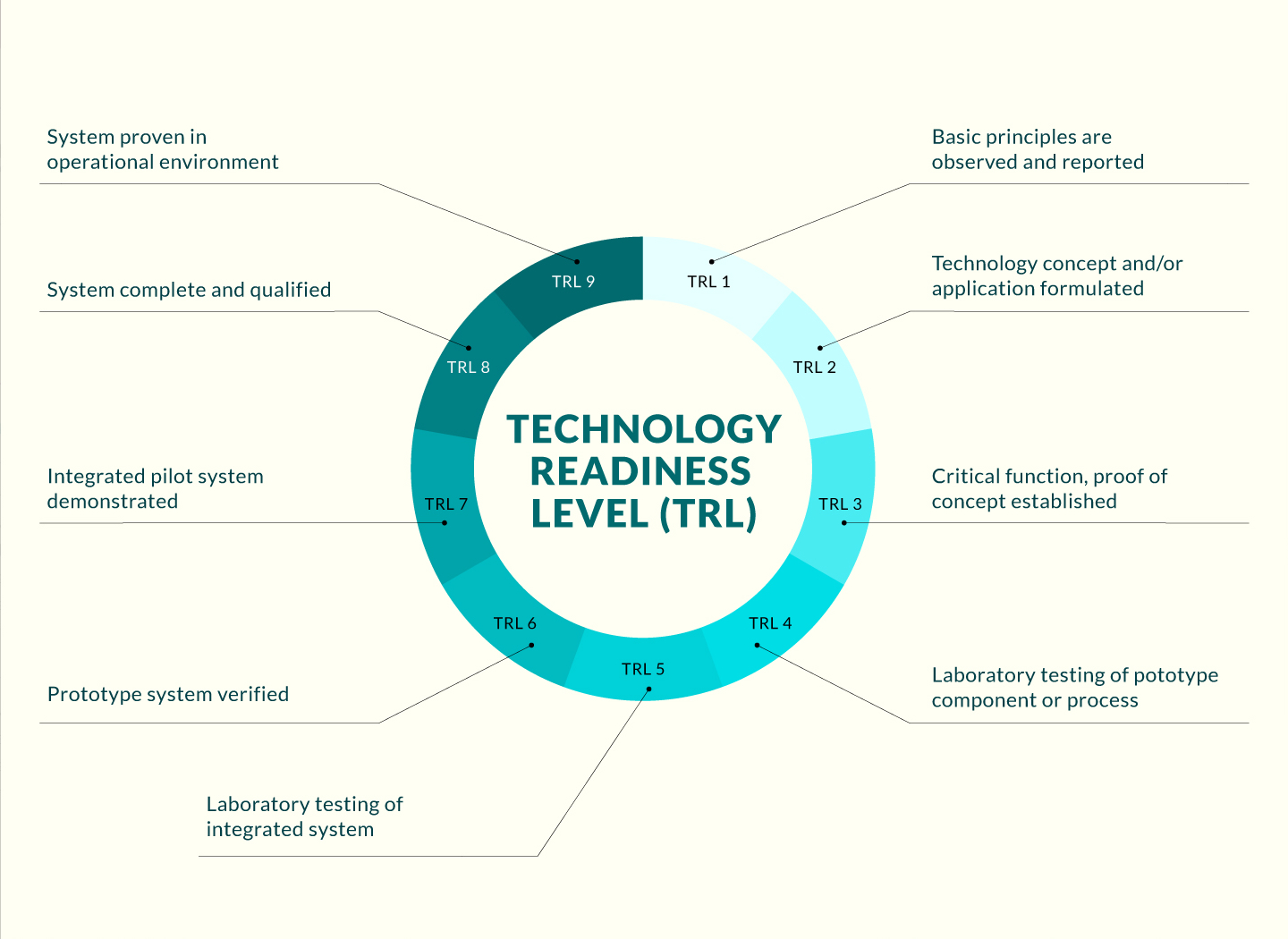
Opportunity
Humans have long sought new materials and new ways to produce them. For millennia, alloys, defined as mixtures of chemical elements containing at least one metal, have been produced from one or two main metallic elements chosen for their properties. Alloys are stronger than their respective elemental metals and have been used in many manufacturing and engineering applications. However, alloys produced according to the traditional “base paradigm” usually possess a single-phase structure and may be prone to fail in terms of mechanical and functional properties such as strength and ductility. Accordingly, a method of producing alloys with multiphase structures could be used to optimize the mechanical and functional properties of these materials and thus expand their applicability.
Technology
This technology involves a simple, cost-effective method of preparing a novel high entropy alloy with a eutectic nature (i.e., the melting temperature of the alloy is lower than those of its separate constituents). The six-step method first involves the preparation of an alloy comprising at least five elements by arc-melting raw materials then flipping and re-melting the materials repeatedly. Next, the melted alloy is cooled in a mold to yield a bulk alloy, which is then shaped by rolling along its longitudinal direction. Finally, the bulk alloy is annealed (heated to a very high temperature and cooled slowly) to allow the microstructures in the material to be manipulated and deformed, and then quenched with water to produce the desired bulk eutectic high entropy alloy. This alloy contains multiphase structures that confer mechanical and functional properties superior to those of conventional single-phase alloys.
Advantages
- The patented method can produce high entropy alloys with multiphase rather than single-phase structures through a simple, cost-effective process
- High entropy alloys may have mechanical properties superior to those of standard alloys
- Method allows manipulation of microstructures in the high entropy alloy to improve functional properties (e.g., oxidation resistance, fluidity)
- Resulting materials are suitable for use as structural materials and in low-temperature applications
- Highly fluid and castable high entropy alloys may be adaptable to large-scale production
Applications
- Chemical engineering
- Mechanical engineering
- Automotive components
- Tool manufacturing
- Cryogenics industry



